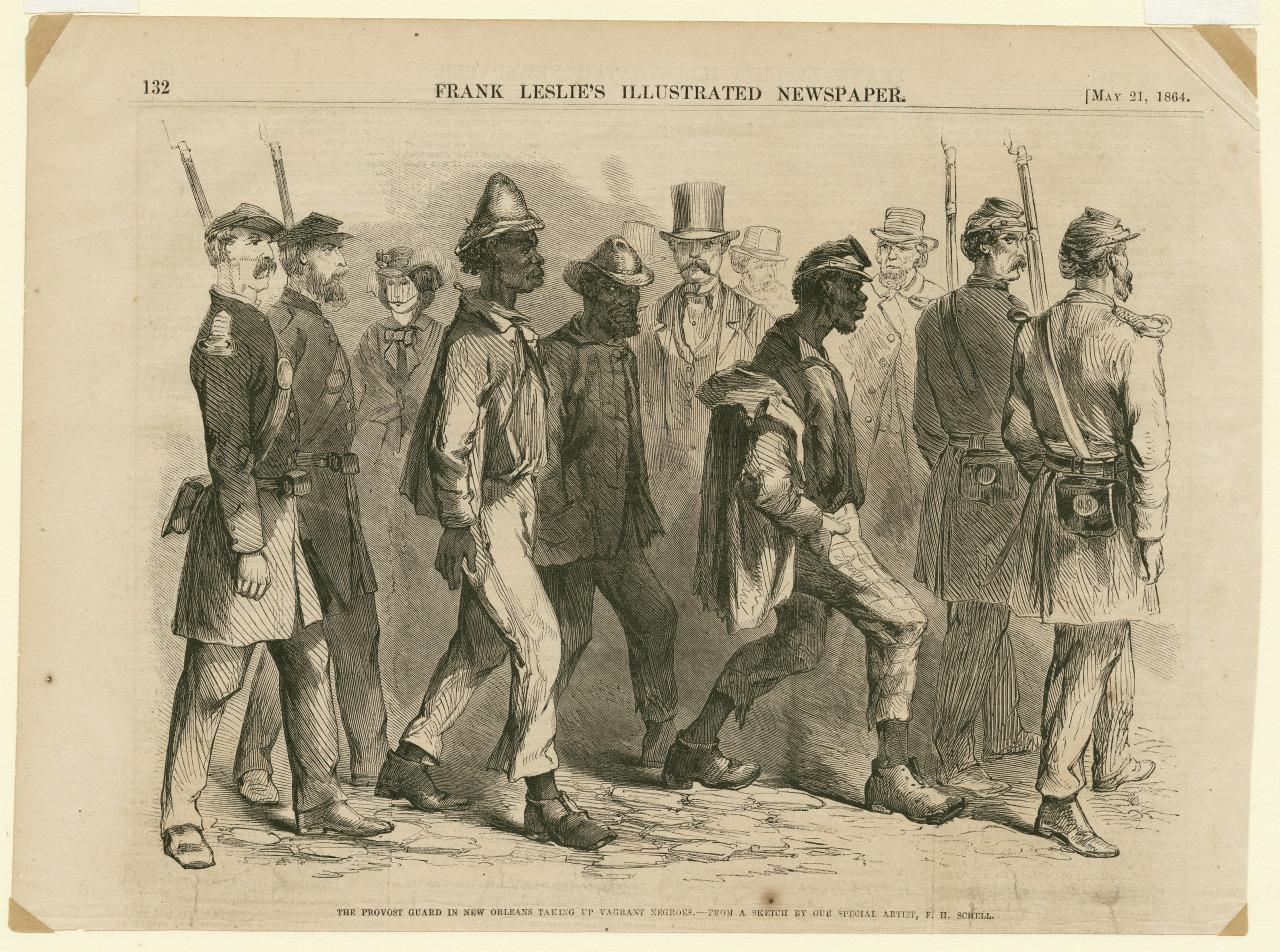TriPod Mythbusters: Quadroon Balls And PlaçagePosted in Articles, Audio, History, Louisiana, Media Archive, United States, Women on 2016-10-25 19:12Z by Steven |
TriPod Mythbusters: Quadroon Balls And Plaçage
Tripod
WWNO 89.9 FM
New Orleans, Louisiana
2016-09-22
Laine Kaplan-Levenson, Host
There is a common myth told about 19th-century New Orleans. It goes something like this: Imagine you’re in an elegant dance hall in New Orleans in the early 1800s. Looking around, you see a large group of white men and free women of color, who were at the time called quadroons, meaning they supposedly had ¼ African ancestry. The mothers play matchmakers, and introduce their daughters to these white men, who then ask their hand in a dance.
The ballroom is fancy, and the invited guests look the part. When a match is made, a contract is drawn up. The white man agrees to take care of the young woman and any children she may have with him. This arrangement was called “plaçage.”
Charles Chamberlain teaches history at the University of New Orleans. “Plaçage is defined historically as where a white man would basically have a relationship with a free woman of color where she would be kept, so that he would provide her with a house and some form of income so that she could maintain a lifestyle.”
What Chamberlain is describing is basically a common-law marriage. And those did happen. But the idea of Quadroon Balls is way sexier, which helps explain why they get talked about so much. French Quarter tour guides walk by the Bourbon Orleans hotel and talk about the famous quadroon balls that took place inside. But try to find proof of plaçage Chamberlain says, and it’s not there…
Listen to the story here.
